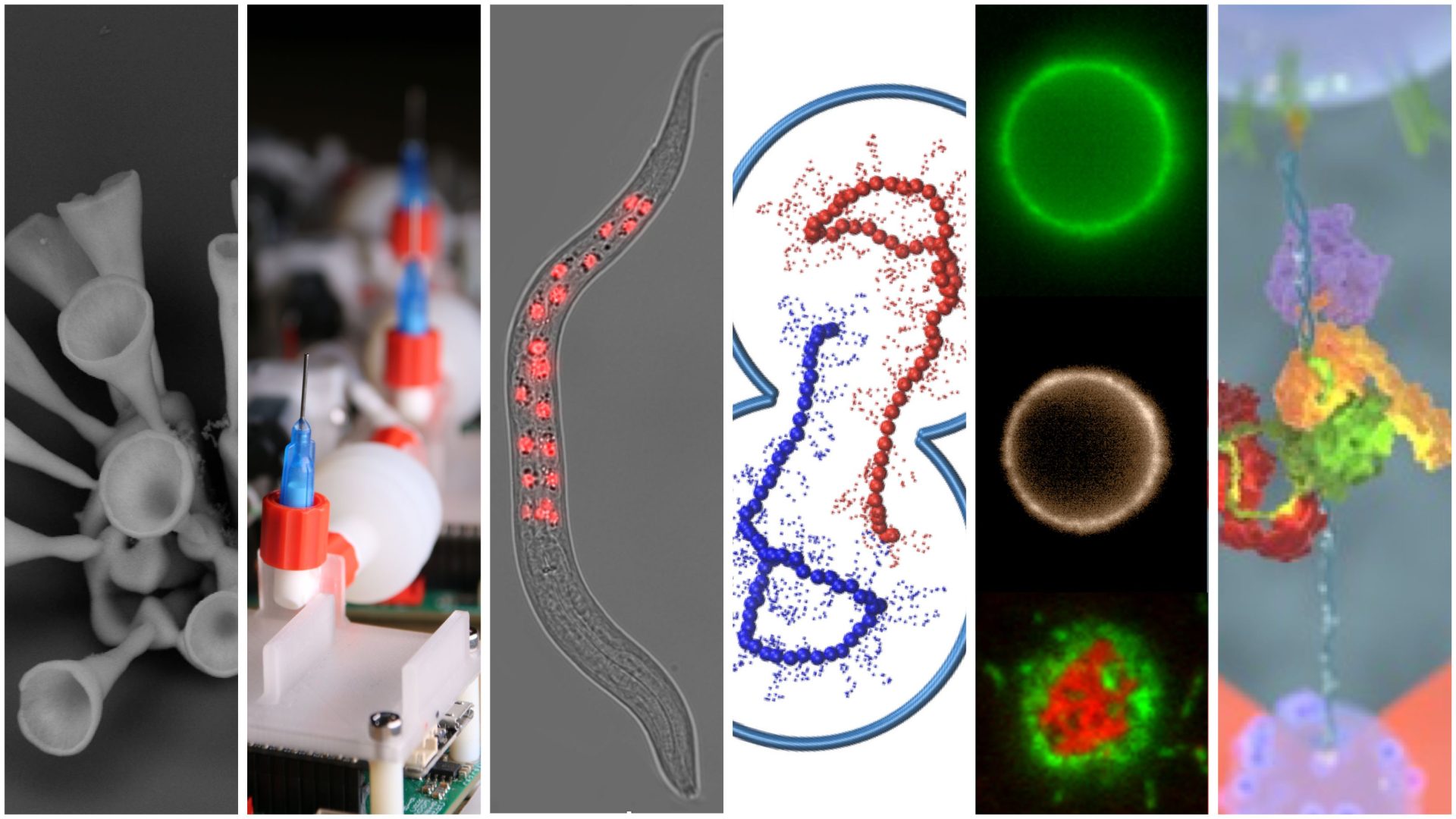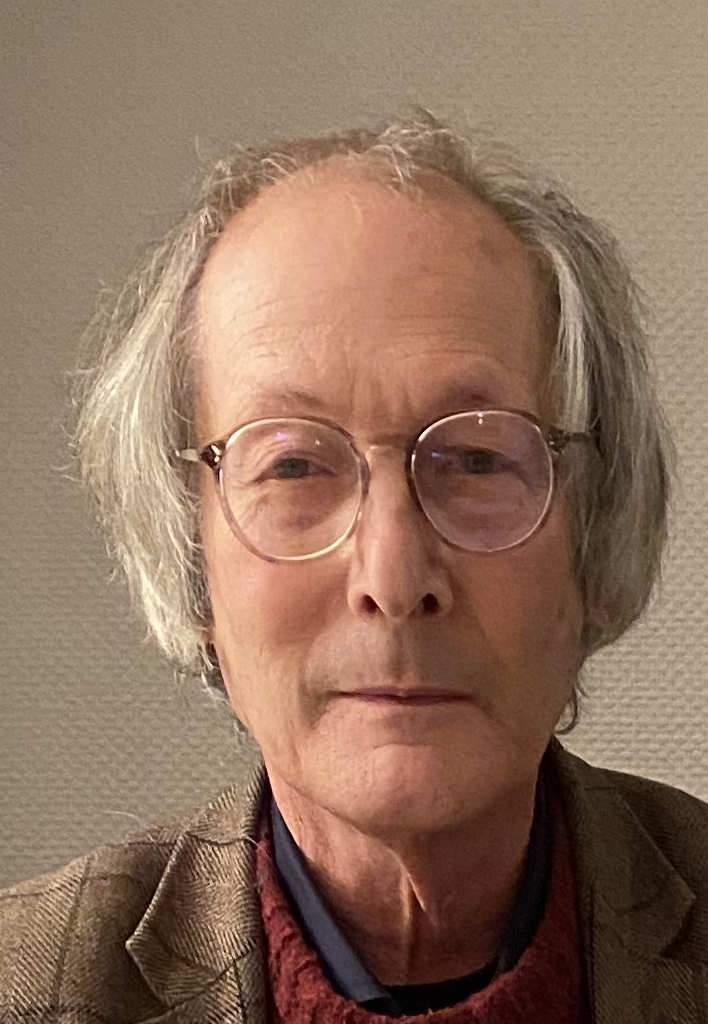
Autonomous Matter Symposium Speakers
Daan Frenkel
Viruses: not “alive”, yet autonomous

One characteristic of autonomy is that the concept is only meaningful for objects that exist in a variable environment: a rock in deep space does neither influence, nor adjust to its environment. But neither is a pre-programmed robot autonomous. I shall argue that strains of viruses behave in time as autonomous systems, even though individual viruses do not. But, of course, in the end, it is all down to evolution and, as we have all seen during the past few years, viruses are the ultimate evolution machines.
Daan Frenkel received his PhD in Physical Chemistry from the University of Amsterdam in 1977. Subsequently, he was a postdoc at UCLA and worked at Shell Research (Amsterdam), the Universities of Utrecht and Amsterdam and at the FOM Institute AMOLF.
In 2007, he was appointed 1968 Chair of Chemistry (Cambridge), where he was Head of Department (2011-2015).
He has published over 500 papers. His book “Understanding Molecular Simulations” (with B Smit) has over 20 000 citations.
Daan Frenkel’s research interests focus on numerical simulations of many-body systems, with an emphasis on problems relating to ordering and self-assembly in soft matter.
Metin Sitti
Physical Intelligence of Small-scale Machines

Metin Sitti is the director of Physical Intelligence Department at Max Planck Institute for Intelligent Systems in Stuttgart, Germany. He is also a professor at ETH Zurich, professor at Koç University, and honorary professor at University of Stuttgart. He was a professor at Carnegie Mellon University (2002-2014) and a research scientist at UC Berkeley (1999-2002) in USA. He received BSc and MSc degrees (1994) from Boğaziçi University, Turkey, and PhD degree from University of Tokyo, Japan (1999). His research interests include physical intelligence, small-scale mobile robotics, bio-inspiration, and wireless medical devices. He received the Breakthrough of the Year Award in Falling Walls World Science Summit 2020, ERC Advanced Grant in 2019, Rahmi Koç Science Medal in 2018, SPIE Nanoengineering Pioneer Award in 2011, and NSF CAREER Award in 2005.
Birte Höcker
On the design of protein folds and functions

Birte Höcker is a full professor at the department of biochemistry at Bayreuth University. After studying biology at the University of Göttingen and Carleton University in Ottawa, she received her PhD in biochemistry from the University of Cologne. She then worked as a postdoctoral fellow on computational protein design at Duke University in Durham, NC. In 2006 she started her independent research group at the MPI for Developmental Biology in Tübingen. In 2016 the group relocated to Bayreuth where they continue their work on the evolution and design of protein folds and functions.
Eduard Hannezo
Mechano-chemical models of collective cell migration

Lauren Zarzar
Chemically programmable active oil droplets

Lauren Zarzar is an associate professor at Penn State with appointments in the Department of Chemistry and the Department of Materials Science and Engineering. Prior to Penn State, Lauren earned a B.A. in chemistry and a B.S. in economics from the University of Pennsylvania, a Ph.D. in chemistry from Harvard University, and completed a postdoc at MIT. Her group’s research interests include the study of responsive systems and active matter, laser direct writing for synthesis and patterning of nanomaterials, and micro-optics.